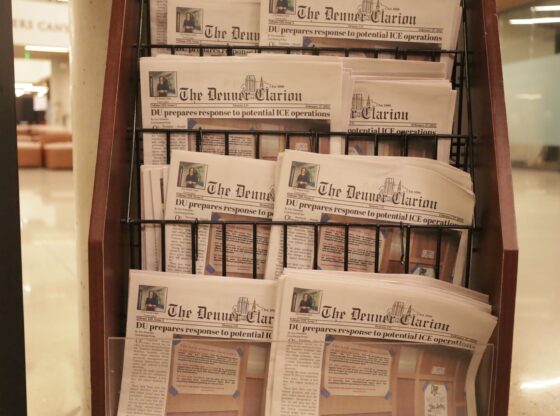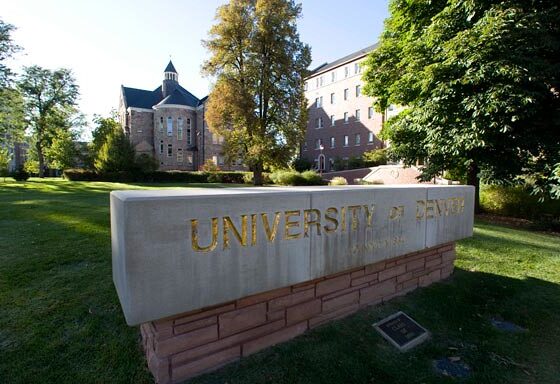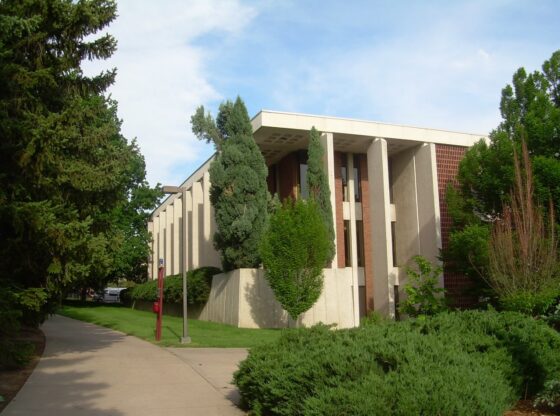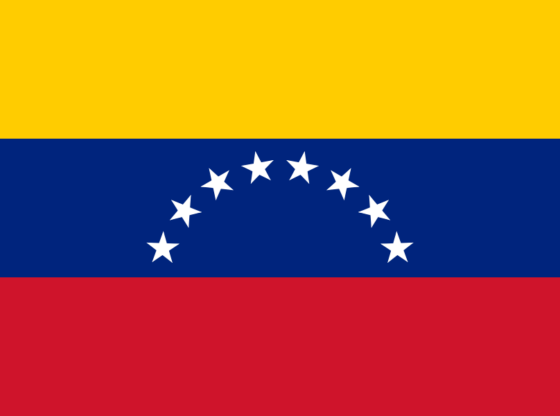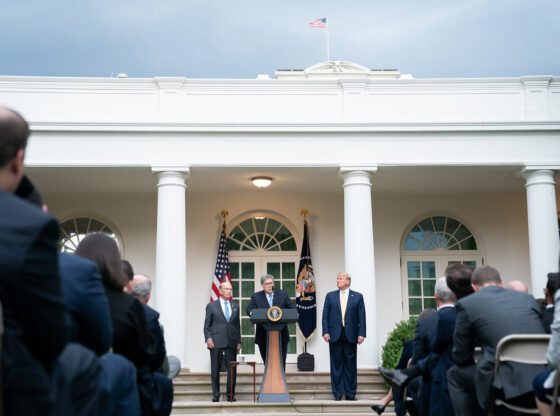Students received an email from the Office of the Chancellor on Monday, Oct. 26 announcing a 2% tuition increase for the 2021-2022 academic year. This increase is to counter rising costs associated with COVID-19 including cleaning, testing and contact tracing.
What does a 2% increase mean for tuition costs? Assuming a student is paying full tuition––which includes fees for 12-18 credit hours, books, health insurance, living expenses and student fees on top of the tuition fees––DU’s current tuition is $52,596 for a full academic year. With the 2% increase approved by the Board of Trustees, the tuition for next year will go up to $53,640. A 3.5% increase in living expenses was approved within this 2% increase. Living expenses are currently estimated at $13,936. This will up the cost to about $14,423 per academic year for students living on campus.
University tuitions are increasing across the country due to rising COVID-19 costs. Many universities fear a loss of enrollment as a result. Since March, enrollment across the nation for undergraduate students dropped 4%, and enrollment for first-year undergraduates dropped 16.1%.
Enrollment of foreign-exchange students has also been decreasing, especially among students from Asia. This is due to travel restrictions and fear of contracting the virus. It is expected that enrollment will continue to drop, as students are attending cheaper colleges or staying home for gap years.
This trend has been dissuading students from paying a lot of money for tuition. Most students realize they will have a high likelihood of only attending virtual classes and missing out on a traditional college experience.
At DU, certain funds have been cut for student opportunities, such as athletics and performing arts. Provost Mary Clark expressed hope to open those activities back up, stating, “Our goal moving forward is to reinvest in those areas because it is important for our students to have those co-curricular activities.” Clark also commented on faculty finances, stating DU only temporarily reduced salaries for employees making more than $90,000 in order to invest in emergency financial aid.
On top of slashing salaries and funding for different programs, American universities have been cutting back on scholarships. This further dissuades students from remaining enrolled in college.
Students across the country are angered and worried by growing tuition costs. With many colleges closing or limiting access to gyms, labs and student activities, many students are pushing to have their tuitions cut by up to 50%.
It is unknown what the future holds for universities given these tumultuous times, especially those with higher tuition rates. Given the pandemic has caused increasing costs and decreased enrollment, will universities have to continue raising tuition and slashing programs? Or will the decrease in enrollment force universities to eventually lower their tuition in hopes of attracting more students?



